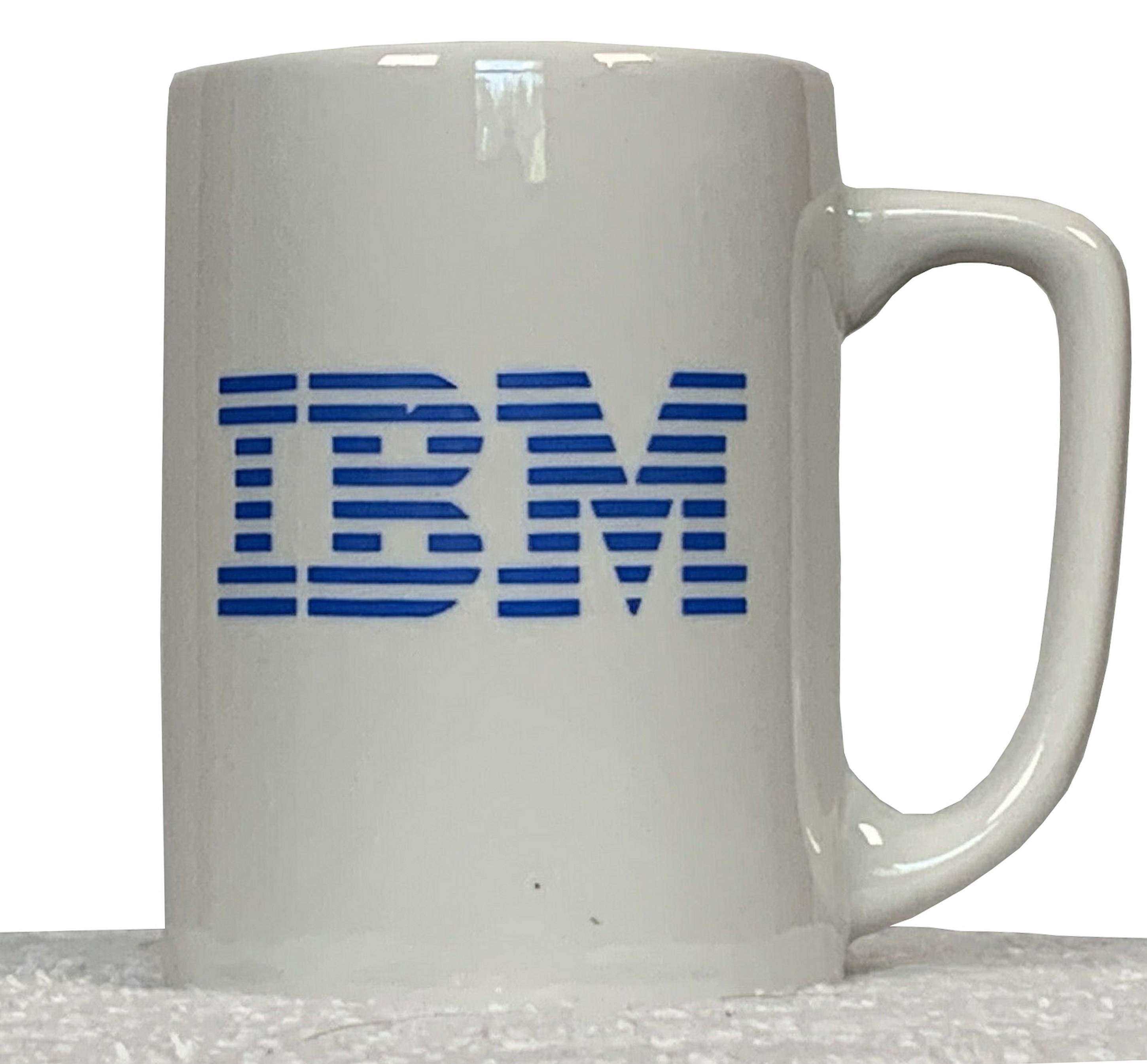|
Irrevocable Fee Protection Agreement
{{sources exist, date=July 2025 An Irrevocable Fee Protection Agreement (IFPA) is generally applied to an over-the-counter commodity transaction. It is an irrevocable and binding legal agreement between a buyer, a seller and a business broker. In an IFPA, the objective is to reach a private agreement for the placement or purchase of a commodity or other piece of merchandise Merchandising is any practice which contributes to the sale of Product (business), products ("merch" colloquially) to a retail consumer. At a retail in-store level, merchandising refers to displaying products that are for sale in a creative w ... that has been clearly identified and negotiated in bulk. The buyer or seller offers a private business broker a fee (either a fixed sum or percentage) for arranging the transaction. The fee is only paid if and when the transaction is completed. The commission and when it will be paid is determined by the aforementioned fee agreement. Usually, the fees are automati ... [...More Info...] [...Related Items...] OR: [Wikipedia] [Google] [Baidu] |
Over-the-counter (finance)
Over-the-counter (OTC) or off-exchange trading or pink sheet trading is done directly between two parties, without the supervision of an exchange. It is contrasted with exchange trading, which occurs via exchanges. A stock exchange has the benefit of facilitating liquidity, providing transparency, and maintaining the current market price. In an OTC trade, the price is not necessarily publicly disclosed. OTC trading, as well as exchange trading, occurs with commodities, financial instruments (including stocks), and derivatives of such products. Products traded on traditional stock exchanges, and other regulated bourse platforms, must be well standardized. This means that exchanged deliverables match a narrow range of quantity, quality, and identity which is defined by the exchange and identical to all transactions of that product. This is necessary for there to be transparency in stock exchange-based equities trading. The OTC market does not have this limitation. Parties may ... [...More Info...] [...Related Items...] OR: [Wikipedia] [Google] [Baidu] |
Commodity
In economics, a commodity is an economic goods, good, usually a resource, that specifically has full or substantial fungibility: that is, the Market (economics), market treats instances of the good as equivalent or nearly so with no regard to who Production (economics), produced them. The price of a commodity good is typically determined as a function of its market as a whole: well-established physical commodities have actively traded spot market, spot and derivative (finance), derivative markets. The wide availability of commodities typically leads to smaller profit margins and diminishes the importance of factors (such as brand, brand name) other than price. Most commodities are raw materials, basic resources, agriculture, agricultural, or mining products, such as iron ore, sugar, or grains like rice and wheat. Commodities can also be mass-produced unspecialized products such as chemical substance, chemicals and computer memory. Popular commodities include Petroleum, crude ... [...More Info...] [...Related Items...] OR: [Wikipedia] [Google] [Baidu] |
Business Broker
Business brokers, also called business transfer agents, or intermediaries, assist buyers and sellers of privately held businesses in the buying and selling process. They typically estimate the value of the business; advertise it for sale with or without disclosing its identity; handle the initial potential buyer interviews, discussions, and negotiations with prospective buyers; facilitate the progress of the due diligence investigation and generally assist with the business sale. The use of a business broker is not a requirement for the sale or conveyance of a business in most parts of the world. In the US, using a broker is also not a requirement for obtaining a small business or SBA loan from a lender. However, once a broker is used, a special escrow attorney sometimes called a settlement attorney (very similar to a Real Estate Closing in practice) ensures that all parties involved get paid. In the UK, that service is provided by a commercial solicitor specializing in tran ... [...More Info...] [...Related Items...] OR: [Wikipedia] [Google] [Baidu] |
Product Placement
Product placement, also known as embedded marketing, is a marketing technique where references to specific brands or products are incorporated into another work, such as a film or television program, with specific promotional intent. Much of this is done by loaning products, especially when expensive items, such as vehicles, are involved. In 2021, the agreements between brand owners and films and television programs were worth more than US$20 billion. While references to brands (real or fictional) may be voluntarily incorporated into works to Suspension of disbelief, maintain a feeling of realism or be a subject of commentary, product placement is the deliberate incorporation of references to a brand or product in exchange for compensation. Product placements may range from unobtrusive appearances within an environment, to prominent integration and acknowledgement of the product within the work. Common categories of products used for placements include automobiles and consumer ... [...More Info...] [...Related Items...] OR: [Wikipedia] [Google] [Baidu] |
Merchandise
Merchandising is any practice which contributes to the sale of Product (business), products ("merch" colloquially) to a retail consumer. At a retail in-store level, merchandising refers to displaying products that are for sale in a creative way that entices customers to purchase more items or products. In retail commerce, visual display merchandising means merchandise sales using product design, selection, packaging, pricing, and display that stimulates consumers to spend more. This includes disciplines and discounting, physical presentation of products and displays, and the decisions about which products should be presented to which customers at what time. Often in a retail setting, creatively tying in related products or accessories is a great way to entice consumers to purchase more. Merchandising helps to understand the ordinary dating notation for the terms of payment of an invoice. Codified discounting solves pricing problems including markups and markdowns. It helps to ... [...More Info...] [...Related Items...] OR: [Wikipedia] [Google] [Baidu] |


